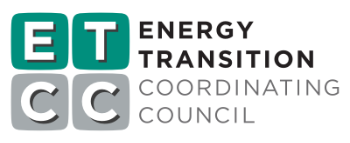Sector
Commercial
End-use
Process Loads
Project Number
ET18SCE1060
2017 - 2019
SCE
COMPLETE
Product would be considered retrofit add on (REA). It is an evaporative pre-cooler for air cooled condensers of commercial/industrial refrigeration systems. By using this pre-cooler, the dry bulb temperature of the air entering the condenser is cooler by some amount related to the evaporative...
